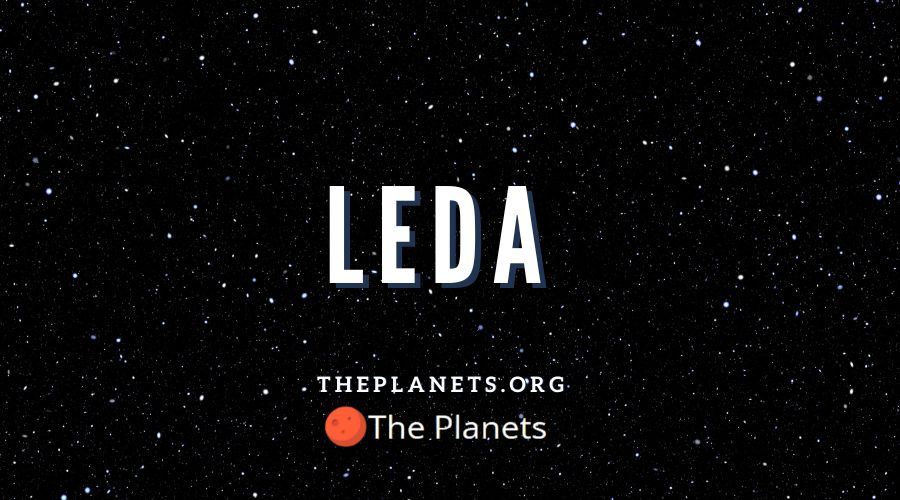
How Was Leda identified?
In the 21st-century, the power of telescopes and the use of orbiter dispatched into space to capture images of distant planets and their moons are the common ways of identifying celestial objects. In 1974, identifying one of the moons of Jupiter was a much more time-consuming and manual experience with photographic plates used to capture grainy images of the moons of Jupiter. The astronomer Charles Thomas Kowal spent three nights photographing the 13th moon of Jupiter to be discovered at CalTech’s Mount Palomar Observatory using a 122-centimeter telescope. Images were captured from September 11 through the 13th in 1974 with the discovery confirmed on September 14, 1974, when it was noted Leda appeared on each plate captured over the course of the three nights of observation.
Leda’s orbit
Unlike many of the Jovian moons that are theorized to have formed from asteroids being captured by the gravity of Jupiter, Leda moves in a prograde or direct orbit around the planet. This means the moon travels in the same direction as the primary planet spins. In terms of its distance from Jupiter, Leda sits in a relatively close orbit to the surface of the planet just 6.2 million miles from its parent planet. Because of its size and the close proximity of Leda to the surface of Jupiter, it has a relatively speedy orbit time around the planet of 241 Earth days. The orbit of Leda is consistently changing as it takes an elliptical path around Jupiter that can be affected by solar and planetary changes to take it closer and farther from the surface of Jupiter.
The size and shape of Leda
Moons of Jupiter formed from asteroids involved in a collision can be extremely small with some having a radius of one kilometer. Leda is a larger moon with a radius of 6.2 miles but remains the smallest of the Himalia group of Jovian moons. It is not thought Leda has a classical spherical shape similar to the moon of the Earth but has an irregular shape not affected by the force being exerted on it by Jupiter’s gravity and tidal nature.
A member of the Himalia group of moons
There are four Jovian moons that are thought to have formed following a collision of a large asteroid with another object in space. Leda is thought to be a fragment of the larger Himalia moon that sits in a similar orbit and travels at a similar speed around Jupiter. The other members of this group of moons are Lysithea and Elara with all these moons being larger than Leda. At one point, Leda was thought to have another neighbor in the Himalia group with a radius of just over one mile but this potential moon is thought to have collided his Himalia before it could be categorized officially.
Naming the Jovian moon, Leda
The International Astronomical Union states all moons with a prograde orbit must be officially named with a letter “a” at the end of their title. Jupiter’s moons have a tradition of being named after Greek mythological characters with Leds being no different. The character of Leda is usually referred to as the mother of Helen, daughter of Zeus with different stories detailing various ways Helen made her way to the care of Leda.